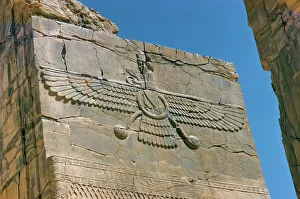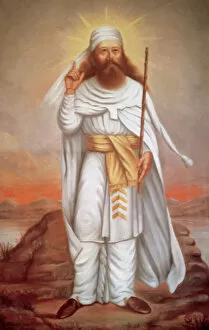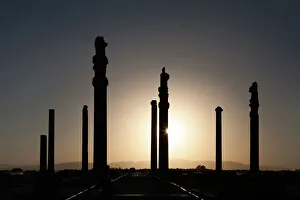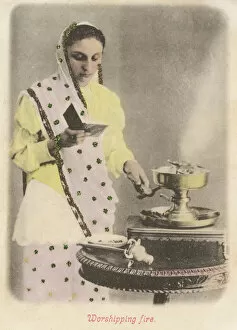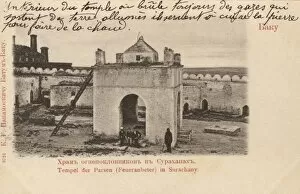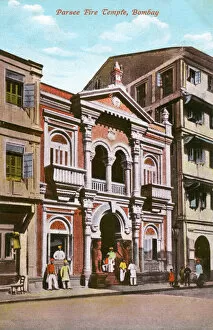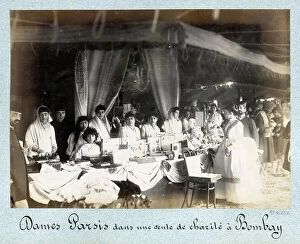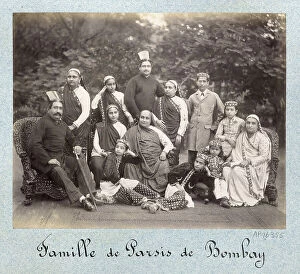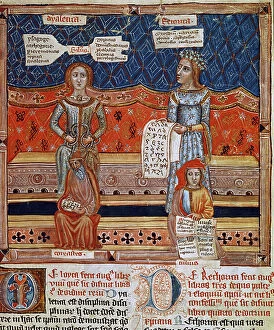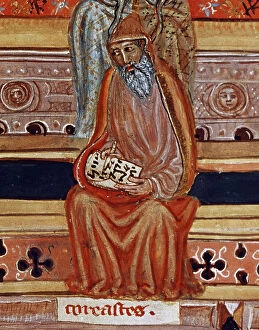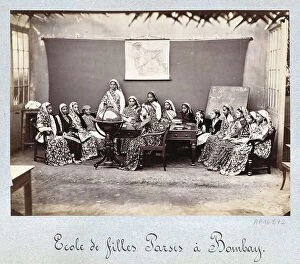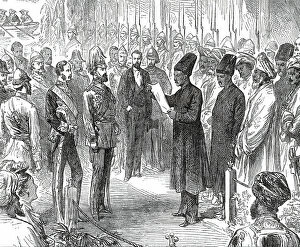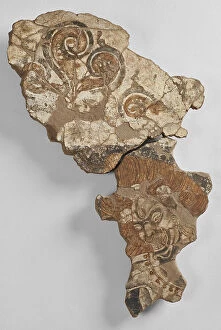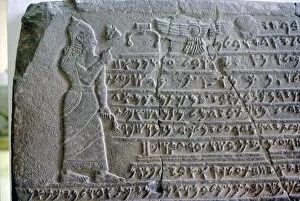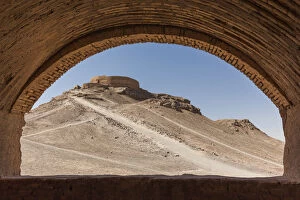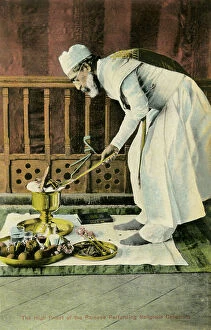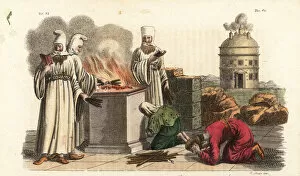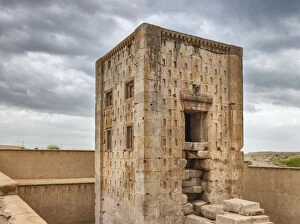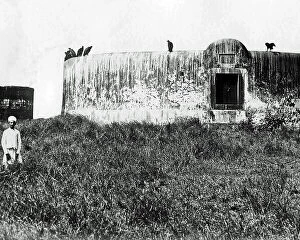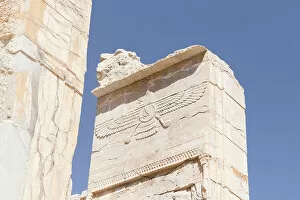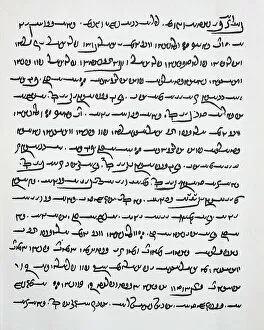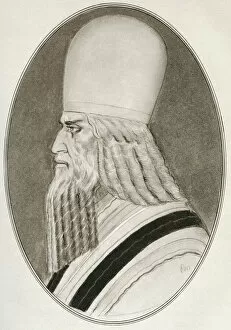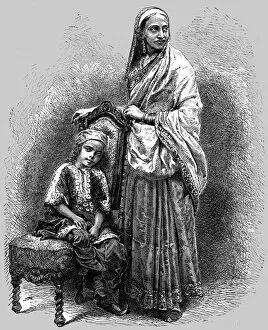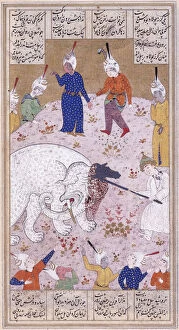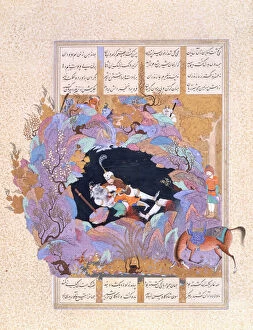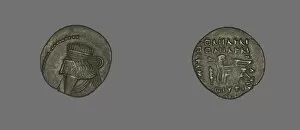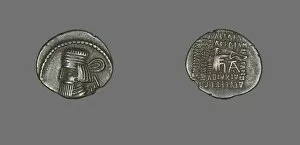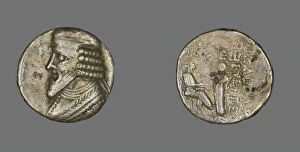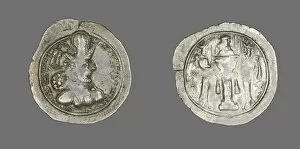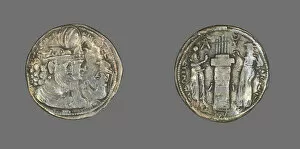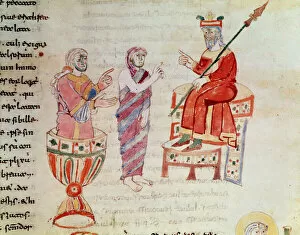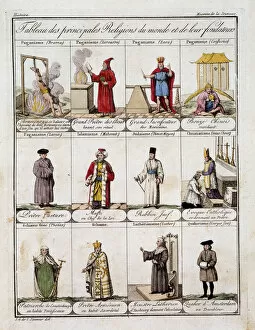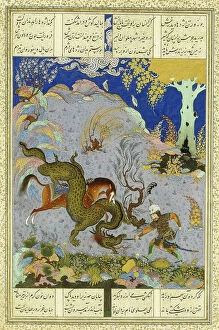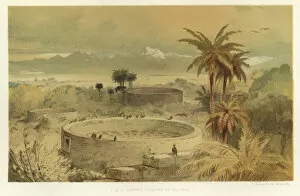Zoroastrianism Collection
Zoroastrianism, an ancient religion founded by Zoroaster in the 6th century BC, revolves around the belief in Ahura Mazda, the supreme deity
For sale as Licensed Images
Choose your image, Select your licence and Download the media
Zoroastrianism, an ancient religion founded by Zoroaster in the 6th century BC, revolves around the belief in Ahura Mazda, the supreme deity. The portrait of Zoroaster serves as a reminder of his teachings and influence on this faith. As the sun sets over Persepolis' ancient columns in Iran, one can't help but feel a sense of awe and wonder at the rich history that surrounds this religion. The Parsi Fire Temple in Baku, Azerbaijan stands as a testament to the global reach of Zoroastrianism. Here, a Parsi woman prays at a fire altar, symbolizing purity and divine connection. Mumbai's own Parsi Fire Temple further exemplifies how this faith has endured through time and geography. ZOROASTER himself remains an iconic figure within Zoroastrianism; his wisdom continues to guide followers today. The ruins of Darius' palace in Persepolis offer glimpses into an era when this religion flourished under Persian rule. The Tower of Silence in Bombay (Mumbai) evokes both curiosity and reverence for its unique burial practices within Zoroastrianism. This sacred space reflects their belief in maintaining purity even after death. Emblematic of Ahura Mazda's presence is seen at Atashkadeh Fire Temple in Iran - where devotees gather to worship amidst flickering flames that represent enlightenment and spiritual awakening. In Central Iran's Yazd region lies the hauntingly beautiful Zoroastrian Towers of Silence burial complex – standing tall against time's passage while honoring ancestral traditions. From ancient Persia to modern-day India and beyond, these diverse locations showcase different aspects of Zoroastrianism’s enduring legacy, and is through these symbols and sites that we gain insight into one of humanity’s oldest religions – its beliefs rooted deeply within our shared history.

